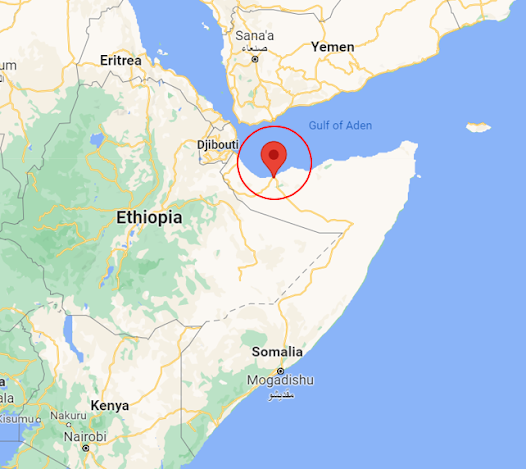Final Thoughts

I have sadly come to the end of my blogging journey. In this post, I will briefly reflect on what has been covered and future trajectories. Needless to say, the topic of water and food in Africa is extremely broad. Throughout my blog, I have explored the various ways in which nations across Sub-Saharan Africa (SSA) have sought to improve agricultural productivity and food security using different water management, extraction and distribution techniques. By focusing on individual nations for each case study and considering their unique situations, I have tried to avoid the all-too-common treatment of Africa as if it were one homogenous nation . Upon reflection, I realise that my earlier posts are largely focused on institutional-level interventions and policies including virtual water trading, integrated water resource management and desalinisation schemes. Whilst these are effective to an extent, they do not always explicitly consider the needs of smallholders. As these far...




